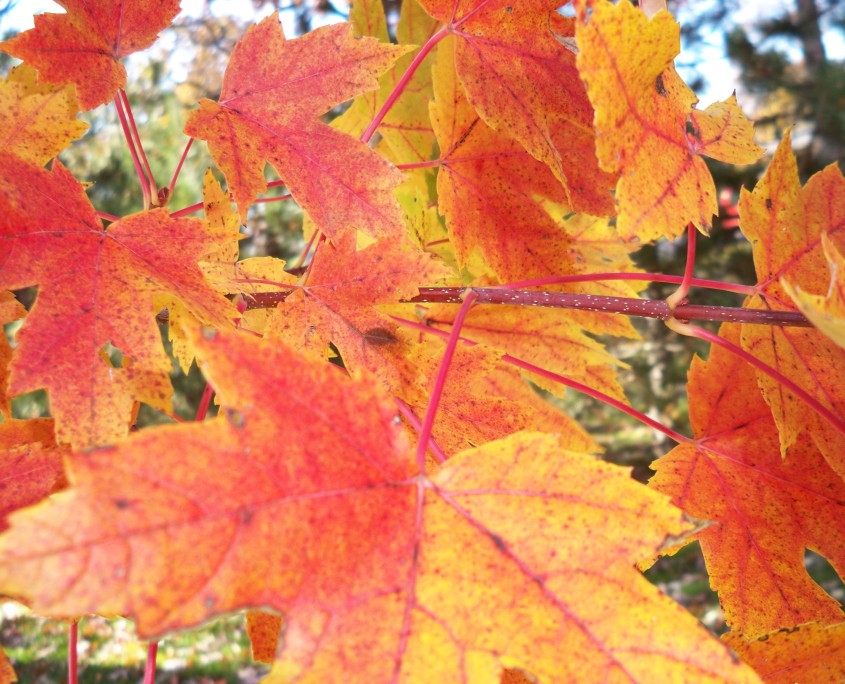Preparing Your Lawn for Winter Promotes Growth in Spring
When it comes to a healthy lawn, fall is a critical season for care. Before your yard goes dormant in the winter, you should lay the groundwork for a flourishing spring. Koch Kuts can help you determine what lawn care services will help protect and nourish your soil and root system during the long cold months of winter, leading to a lusher, greener lawn come spring. Keep reading to learn more, or call us at 262-534-9509 to get an estimate for service in southeast Wisconsin.
5 Lawn Care Tasks to Perform in the Fall
When it comes to a healthy lawn, fall is a critical season for care. Before your yard goes dormant in the winter, you should lay the groundwork for a flourishing spring. Koch Kuts can help you determine what lawn care services will help protect and nourish your soil and root system during the long cold months of winter, leading to a lusher, greener lawn come spring. Keep reading to learn more, or call us at 262-534-9509 to get an estimate for service in southeast Wisconsin.

Dethatching
Thatch is a build-up of natural debris between the soil and grass. Thatch can become thick enough to block essential nutrients like sun, water, and fertilizer from reaching the root system. Grass cuttings, dead leaves, stems, and more build up most towards the end of summer and into fall, which is why dethatching (the removal of thatch through power raking) should be performed in the fall.
Aeration
Core aeration is recommended for most yards. A core aerator removes small plugs of soil from your lawn, helping root systems to absorb more water and food before it hibernates in winter. Timing is essential when aerating your lawn; you need the right temperatures and time for your lawn to properly heals afterward. That’s why it is often best left to professionals. Where and how much aeration your lawn requires is based on the extent of soil compaction. So some areas may need more plugs removed than others.
Overseeding
Fall is the last season to promote grass growth each year. If you want to avoid brown spots in the spring, overseeding should be done thoroughly in the fall. Seeds need to be embedded correctly in the soil and watered until they sprout to give new grass the strongest hold.
Fertilization
No matter what fertilization schedule you follow, early fall is always on the agenda. Sometimes, in addition to late fall. A slow-release fertilizer that contains potassium is best. Like most fall lawn care tasks, timing is important when fertilizing. Fertilization should be done after rainfall or irrigation; a consistent spread is also necessary for even growth.
Weed Control
If you’ve got weeds when everything freezes over in the winter, you’ll have weeds in the spring when your lawn thaws. We’ll recommend a fall weed control application if we notice weeds during lawn care and maintenance to prevent weeds next year.
Last But Not Least
Even though your grass growth starts to slow in the fall, you’ll likely be mowing well into November. Longer if we enjoy a warmer season than usual. Ideally, you want to maintain your grass at 2-3 inches tall in the fall. Shorter or longer will make it vulnerable to disease and the effects of winter. You also want to make sure your lawn is getting enough water, especially until the end of October.
Ready to schedule fall lawn care in Burlington & Waterford, Wisconsin? Contact Koch Kuts today!








